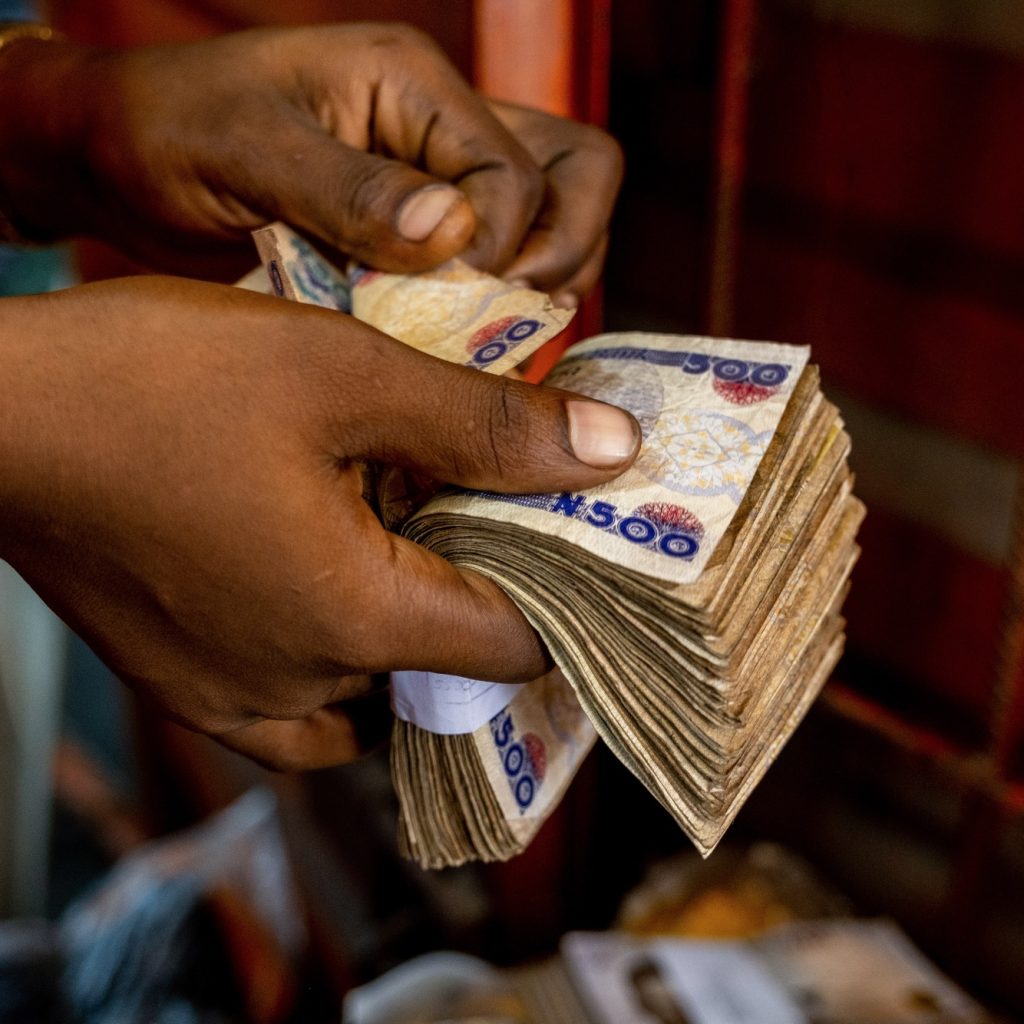Terra Classic tax burn has caused a stir among crypto community members. There have been a lot of discussions recently about what will happen to the original Terra network’s native token, Luna Classic (LUNC). The past few days have been eventful for Tera Classic [LUNC], as they’ve been on the verge of making a major development.
Ever since the market crash in May, the community has been worried about the surplus of LUNC supplies. The 1.2% tax is being used to address this issue. For months now, a community of people aiming to achieve wealth rapidly by causing a rally in the crypto asset have been suggesting a vast token burn that could lower Terra Classic’s available supply and, thus, increase the price.
What is the Terra Classic Tax Burn?
The first comprehensive proposal regarding this transaction tax was presented in June. However, it did not explain how this would function or the coding that would have to be put into the network’s backbone to make it work.
However, a few days ago, community member Edward Kim presented a more comprehensive proposal in Terra Classic’s official forum that provided further details about how the Tax would work.
The downfall of Terra Luna in early 2022 caused a dramatic decrease in the crypto sphere. The loss of such a large company sent shockwaves through the industry, leading to one of the most difficult times for cryptocurrency traders, otherwise known as “crypto winter.”
Since the May market crash, people have been worried about the amount of Terra Classic that is available. The 1.2% tax should help with this issue. Most traders know of Terra Luna. So, where did Terra Classic come from? After the collapse of Terra Luna, Do Kwon came up with a plan to restore the ecosystem. And that’s how Terra 2.0 was born.
The idea effectively generated a new layer-1 Terra blockchain without its algorithmic stablecoin. The old blockchain is now known as Terra Classic (LUNC). Officially, the new blockchain is called Terra (LUNA).
However, many LUNC traders and potential traders may not be aware of the 1.2% tax, so here’s a quick rundown. All on-chain Terra Classic transactions will incur a 1.2% fee. This includes wallet and smart contract interactions as well. However, trade on an exchange may not be eligible for the Tax.
The idea behind the Tax is to assist reduce Terra Classic’s overabundance. One of the biggest drawbacks is that on-chain transactions will become more expensive as a result of this measure.
Although the community is leaning more towards accepting a deflationary price, it’s still up in the air as to whether or not projects in development will find this challenging.
Terra Classic’s price surges amid the incoming changes
Kim’s proposal led many people to believe that this moment could be huge for Terra’s LUNC token and that the token’s value could potentially go up to $1 once the Tax is carried out. With this in mind, it plainly explains why the token has been doing so great recently within only a few weeks.
Their proposal has been steadily gaining popularity as the price increased 21% from $0.0002387 to $0.0002899 since the month started. For investors who have held LUNC for a longer period of time, those gains may be closer to 200%.
Data from CoinMarketCap indicates that the circulating supply of Luna Classic (LUNC) is currently 6.15 trillion tokens. Even if all 6.15 trillion are exchanged daily, only around 700 billion would be removed from circulation, leaving 6.07 trillion total.
The week’s LUNC performance was strong, and this is likely due to the favorable feedback on the 1.2% tax. This advance was enough to put it into overbought territory, thus triggering a short-term bearish outlook.
Additionally, LUNC is presently dealing with an increase in social volume. This has been evident in the past few days, alluding to the fact that more traders are paying attention to current events.
This may result in more terra-classic accumulation and a smaller drop in price due to the introduction of a powerful incentive for long-term HODLing.
In response to the widespread negative sentiment that has been weighing on the market, ‘Terra Classic’ has reduced its weighted emotion indicator in favor of bulls. These developments may put LUNC into a strong accumulation phase now that investors are growing more open to the network.
If the price of LUNC tokens were to rise to $1 each, the market capitalization for the network would be around $6 trillion. However, developers no longer use the network to power decentralized apps (dApps). It is also no longer supported by a serious developing team that can introduce upgrades and new features to grow the ecosystem.
Crypto exchanges might not support the 1.2% tax burn
Most of the LUNC trading, according to data from CMC, happens on centralized exchanges such as Binance, Gate.io, and Huobi. If the community approves this proposal, some exchanges may opt to delist the token because they don’t support or agree with the 1.2% tax.
Binance has announced that it will be suspending all LUNC deposits and withdrawals made via the Ethereum network, BNB Smart Chain, and Polygon Network as of 7 September. This decision comes in light of the recent shutdown of the Terra Classic Shuttle bridge.
Over the past 24 hours, over $300 million in LUNC has been traded on Binance, which is currently the most popular CEX for purchasing and selling the token. If Binance halts support for LUNC trading through these networks, associated transaction volumes may drop as a result of the impending shutdown of the Shuttle bridge. This could happen because higher transaction fees might make it less appealing to traders.







